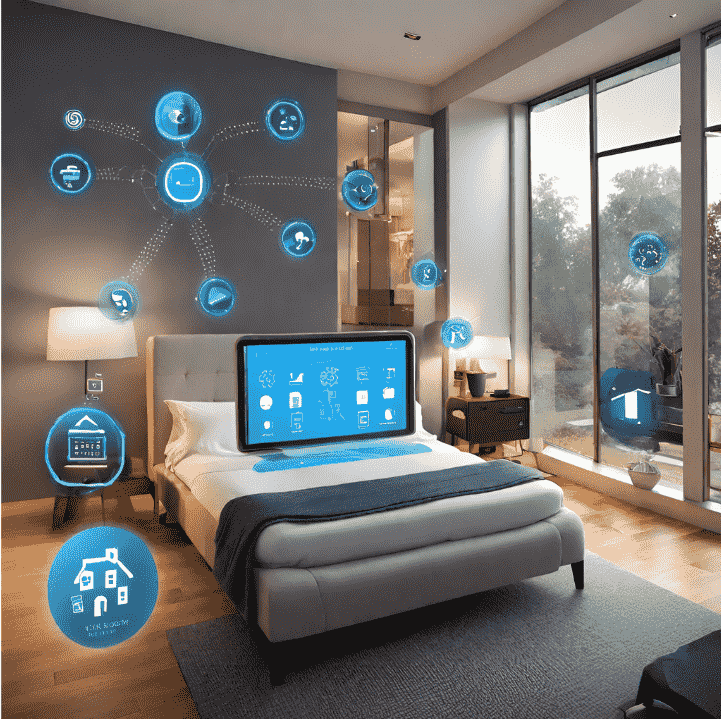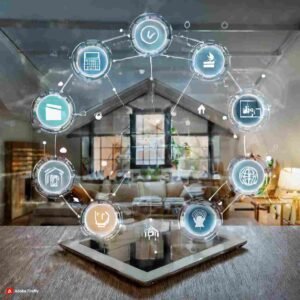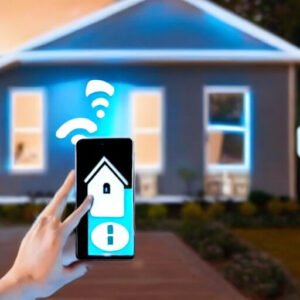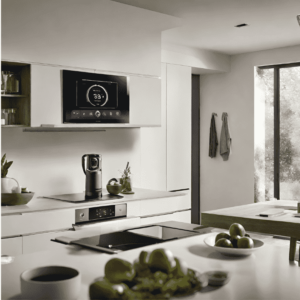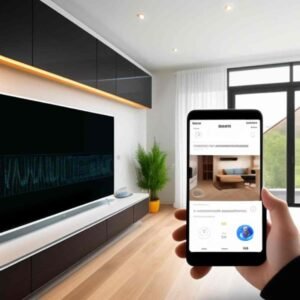Introduction:
Smart home technology works operates through a network of interconnected devices and systems that enable automation, remote control, and monitoring of various functions within a household. Here’s an overview of how smart home technology works.
1. Wireless Connectivity:
Smart home devices communicate with each other and with the homeowner through wireless protocols such as Wi-Fi, Bluetooth, Zigbee, or Z-Wave. These technologies allow devices to connect to a central hub or directly to the homeowner’s smartphone or tablet.
2. Centralized Control Hub:
Many smart home systems utilize a centralized control hub, which serves as the brain of the operation. The hub acts as a bridge between different devices and enables communication and coordination among them. It allows users to control multiple devices from a single interface and facilitates automation and scheduling.
3. Sensors and Actuators:
Smart home devices are equipped with sensors and actuators that enable them to sense changes in their environment and take action accordingly. For example, motion sensors detect movement, while temperature and humidity sensors monitor environmental conditions. Actuators allow devices to perform tasks such as adjusting thermostat settings, turning lights on and off, or locking doors.
4. Automation and Remote Control:
One of the key features of smart home technology is automation. Users can create predefined rules or schedules that dictate how devices should behave based on certain conditions or triggers. For instance, lights can be programmed to turn on automatically when motion is detected or to adjust brightness based on the time of day. Smart thermostats can learn household patterns and adjust temperature settings for optimal comfort and energy efficiency.
5. Remote Access and Monitoring:
Smart home systems often include mobile apps or web interfaces that enable users to remotely access and control their devices from anywhere with an internet connection. This allows homeowners to monitor their homes while away, adjust settings, receive alerts, and even view live camera feeds.
6. Voice Control:
Many smart home devices integrate with virtual voice assistants such as Amazon Alexa, Google Assistant, or Apple Siri. This enables users to control their devices using voice commands, adding an additional layer of convenience and accessibility to smart home technology.
7. Cloud Connectivity:
Some smart home devices leverage cloud services to store data, process commands, and enable additional features such as remote access and data analytics. Cloud connectivity also allows for firmware updates and integration with third-party services and platforms.
Conclusion:
Smart home technology streamlines tasks, enhances security, and offers convenience. Its evolution promises greater efficiency and comfort in modern living.


